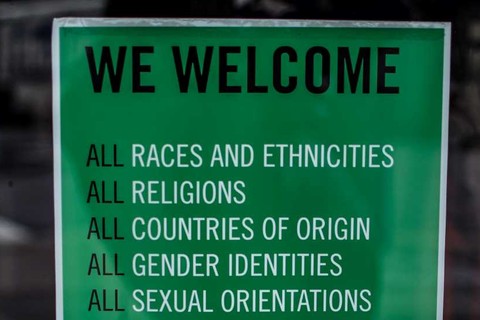What is the Federal Government?
The U.S. government oversees the 50 states, the District of Columbia, and U.S. territories. The federal government is divided into three branches: legislative, judicial, and executive. These three branches comprise departments and agencies that are responsible for specific government functions.
Legislative. The legislative branch makes laws and levies taxes to fund the federal government’s services. This branch includes Congress, which consists of the Senate and the House of Representatives. It also includes agencies that support Congress, such as the Capitol Police, the Government Accountability Office, and the Library of Congress.
Judicial. The judicial branch interprets the meaning of laws and how they are applied. It is made up of the Supreme Court of the United States; lower courts, such as Courts of Appeals; special courts, including the Tax Court; and support organizations, such as the Federal Judiciary Center.
Executive. The executive branch enforces laws. This branch includes the President; the 15 executive departments, including the Departments of Defense, Labor, and State; and related agencies within the departments. It also includes independent agencies, such as the Environmental Protection Agency; boards and committees, such as the National Park Foundation; and quasi-official agencies, such as the Smithsonian Institution.
Most federal agencies are part of the executive branch. Examples of agencies in this branch are the Census Bureau (which is part of the Department of Commerce), the Federal Housing Administration (Department of Housing and Urban Development), and the Centers for Disease Control and Prevention (Department of Health and Human Services).
Who works for the federal government?
According to data from the BLS Occupational Employment Statistics (OES) survey, the federal government employed just over 2 million civilian workers in May 2013. That’s about 1.5 percent of the nearly 133 million workers BLS counted in all industries in the United States.
But total federal employment varies, depending on which workers are counted. For example, the OES total includes only federal executive branch workers. Data in this article are from the Office of Personnel Management (OPM) and include full-time, permanent, non-postal civilian workers from all branches, for a total of 1.8 million. (Federal contractors are not directly employed by the government and are not included in these totals.)
OPM data show that the federal workforce is diverse, and the demographics are similar to that of the overall labor force. In 2013, men slightly outnumbered women, for example. More than one-third of federal employees were minorities, with Blacks making up the largest portion (18 percent) of these minority workers. And nearly 9 percent of federal workers have a disability.
What do federal workers do?
Professional. Workers in professional occupations may analyze policy, develop budgets, and provide healthcare services. These occupations include lawyers, financial managers, and registered nurses.
Administrative. According to OPM, nearly 40 percent of federal workers are in administrative occupations. These workers may handle payroll, train new employees, and develop standard operating procedures. This group includes human resources specialists, accountants, and logisticians.
Technical. These workers may design buildings, test consumer products, and control the spread of disease. Examples include chemists, mechanical engineers, and computer network administrators.
Blue collar. Blue-collar employees may maintain heating and cooling systems, clean offices, and construct buildings. Occupations include janitors, sheet metal workers, and painters.
Clerical. Workers in clerical occupations do office tasks such as data entry, filing documents, and answering the phone. Examples include information clerks, secretaries, and office clerks.
Other. Workers who have tasks that do not fit neatly with those in another group are in “other” occupations. These occupations include firefighters, detectives, and correctional officers.
This content is from the Bureau of Labor Statistics.














